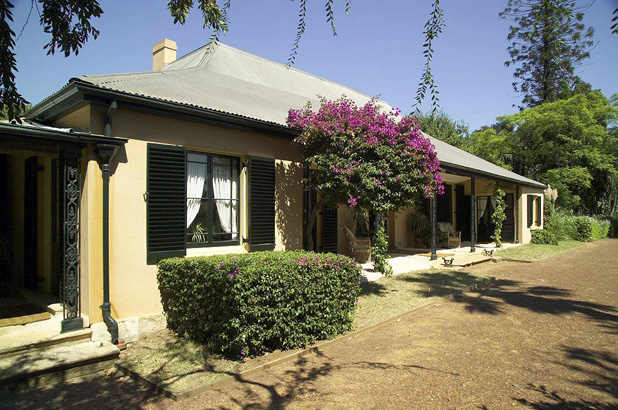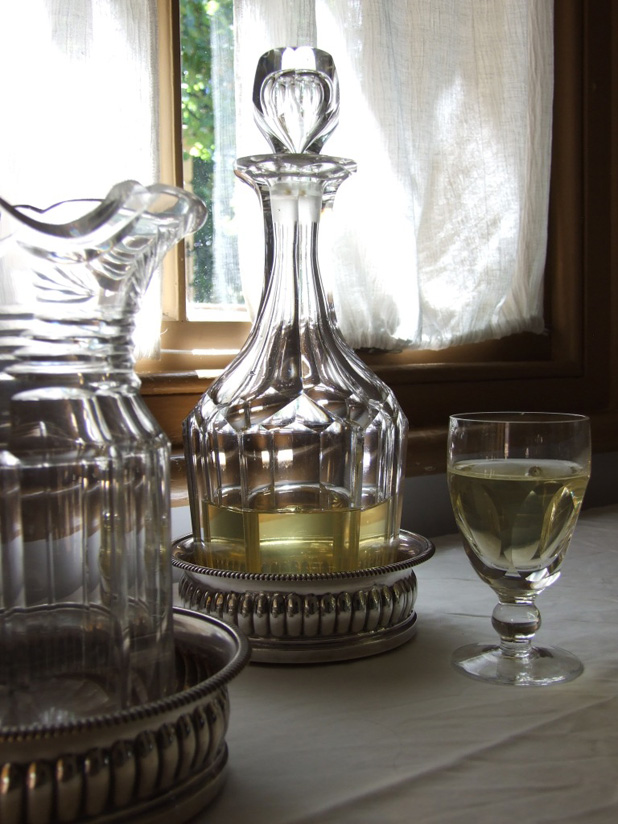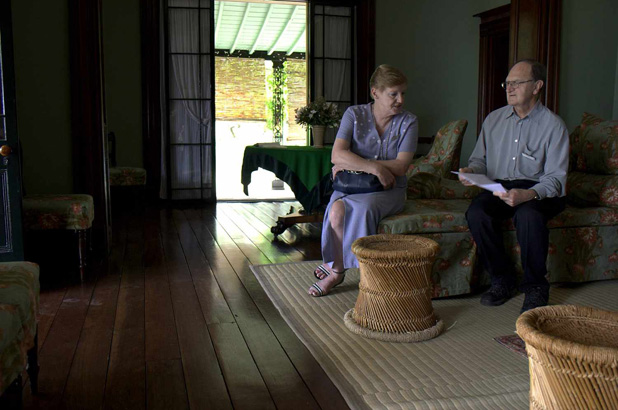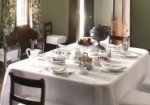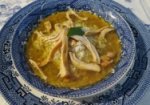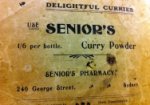Happy New Year from all at The Cook and The Curator! With any luck, everyone’s had a good lie down to recover from a week of festivity and puddings and, in the finest January tradition, is now setting about breaking resolutions that were really a good idea at the time but in hindsight seem, well…
This month we’re in the kitchen at Elizabeth Farm, Australia’s oldest post-1788 house. This was first home to the Macarthur family, a name that resonates in our early colonial history, and later to the Swanns to whom we can credit the house’s survival. Today, as a house museum ‘without barriers’, it’s a very special house to visit. Its construction falls between 1793 and the mid 1830s, so we’re having a look at food and dining in the late colonial Georgian / Regency period.
A letter of advice
Jacqui – The Cook – is starting the year with a fascinating letter of advice written to (Anna) Maria Macarthur, who was married to John Macarthur’s nephew, Hannibal. Maria spent the first part of her life yo-yoing between the colony and England: she was born on Norfolk Island in 1793, while her father Philip Gidley King was stationed there. The family returned to England in 1797, leaving for the colony again only two years later when he was appointed Governor of New South Wales. The six year old Anna remained in England. In 1807 her parents returned and five years later, aged 19, she married Hannibal, who was visiting London. Several years later, after her father’s death, her very well-travelled mother joined her at Vineyard, the family’s very grand home near Parramatta.
Reminiscing about Vineyard, Maria’s daughter Emmeline gives us a picture of the food at her home that relates closely to her relatives at Elizabeth Farm:
The orders for the Vineyard were for large quantities. we had huge jars some three feet high for rice and raw sugar etc. Loaves of sugar ranged on shelves, raisins and currants wholesale. Tea came direct in chests from William Leslie in canton with many other good things, ginger, coffee and chocolate. Bread was baked at home. Formerly we had a mill and ground wheat for ourselves and neighbours, but in my day flour was procurable from Paramatta [sic]… Dairy produce came from the farm, fish was brought by water occasionally from Sydney, not procurable nearby. A butcher at the farm killed our own sheep, good beef could be procured at Paramatta. Fruit and flowers ad libitum. In the fruit season a large tray was placed on the sideboard in the dining room prepared for any fruit lover through the day.
(Emmeline Macarthur, quoted in ‘Advice to a Young Lady in the Colonies’).
Then we’re looking at colonial trade, curries and the influence of Indian food and ingredients on colonial cookery. We’re taking tea, and tasting the classic dish of the country house, kedgeree.
‘A museum without barriers’
You may have been watching The manor reborn on the ABC lately. This is a BBC production about the creation of a house museum where visitors can touch the ornaments, sit on the furniture and feel the fabrics (and, we noted, stoke the kitchen range). However, you don’t need to go all the way to Avebury for an experience like this – you can visit Elizabeth Farm!
The house is furnished with reproductions of original objects, so you’re welcome to wander and make yourself at home. Explore the kitchen, then take a seat in the dining room and picture the table set with produce from the gardens, then go to the drawing room and imagine tea being served – perhaps with our colleague Jacky’s very more-ish Regency cheese tarts.
